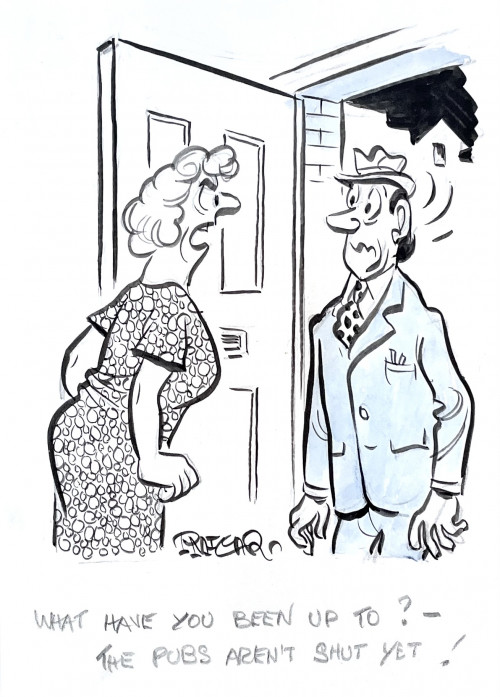- HOME
-
- View All Items
- New Arrivals
- Featured Items
- Artists
-
- View All
- Contemporary
- Birmingham School
- Cotswold Group
- Landscape
- Urban Townscape
- Abstract
- Animals/Birds
- Arts & Crafts
- British Impressionist
- Botanical
- Design/Industrial
- Fantasy/Fairy Subjects
- Female Artists
- Figurative
- Historical
- Illustration/Cartoon
- Marine
- Military/War Artist
- Modern British
- Pre-raphaelite/ Romantic/ Aesthetic
- Nude
- Portrait
- Prints
- Scottish
- Sculpture
- Sporting
- Still Life
- Theatrical
- Interiors/Architectural
-
ARCHIVE
Genre
- View All
- Contemporary
- Birmingham School
- Cotswold Group
- Landscape
- Urban Townscape
- Abstract
- Animals/Birds
- Arts & Crafts
- British Impressionist
- Botanical
- Design/Industrial
- Fantasy/Fairy Subjects
- Female Artists
- Figurative
- Historical
- Illustration/Cartoon
- Marine
- Military/War Artist
- Modern British
- Pre-raphaelite/ Romantic/ Aesthetic
- Nude
- Portrait
- Prints
- Scottish
- Sculpture
- Sporting
- Still Life
- Theatrical
- Interiors/Architectural
- ARTISTS
- Online Exhibitions
- Events
- About
- Contact
- Home
- Genre
- Pre-raphaelite/ Romantic/ Aesthetic
- William Shackleton - The Amethyst Pendant
William Shackleton - The Amethyst Pendant
William Shackleton - The Amethyst Pendant
2162
WILLIAM SHACKLETON, NEAC
(1872-1933)
The Amethyst Pendant
Signed and dated l.c.: Wm Shackleton ‘24
Watercolour, bodycolour and pencil
Framed
29.5 by 25.5 cm., 11 ½ by 10 in.
(frame size 47.5 by 44.5 cm., 18 ¾ by 17 ½ in.)
Provenance:
The artist’s studio sale.
William Shackleton was born in Bradford, the son of a paper manufacturer and merchant. He was educated at Bradford Grammar School and then studied art at Bradford Technical College. In 1893 he won a scholarship to the National Art Training School (later to become the Royal College of Art), where he gained a British Institute Scholarship in 1896. This enabled him to study in Paris and Italy. On returning to London, he took a studio in Chelsea, sharing it with Philip Connard and Oliver Onions. He would spend many of the summer months West Sussex, joining Edward Stott and his artistic community based around the South Downs village of Amberley. After 1914 he moved to a cottage close to Gordale Scar, near Malham, in the Yorkshire Dales. There the dramatic landscape would feature in many of his later paintings.
Greatly influenced by Turner and George Frederic Watts in his colouring, atmosphere and impressionist handling, Shackleton developed a personal vision of the spirituality of nature which was reflected in his symbolist paintings which often depicted the mysticism of life and destiny via the myths and legends of antiquity. He described his own work as “conscientious symbolism”.
Shackleton exhibited widely sending being a regular exhibitor at the Royal Academy and many other major venues both in London and regionally. He also represented Britain at the Venice Biennale in 1910 and again in 1922. He held solo shows at the Goupil Gallery in 1913 and at the Twenty-One Gallery in 1910 and 1922. In 1933 a memorial exhibition was held at the Cartwright Hall Art Gallery, Bradford. Works by him are in many public collections.
Thank you for your enquiry.
We will get back to you soon.
Please create wishlist to add this item to
RELATED ITEMS


















